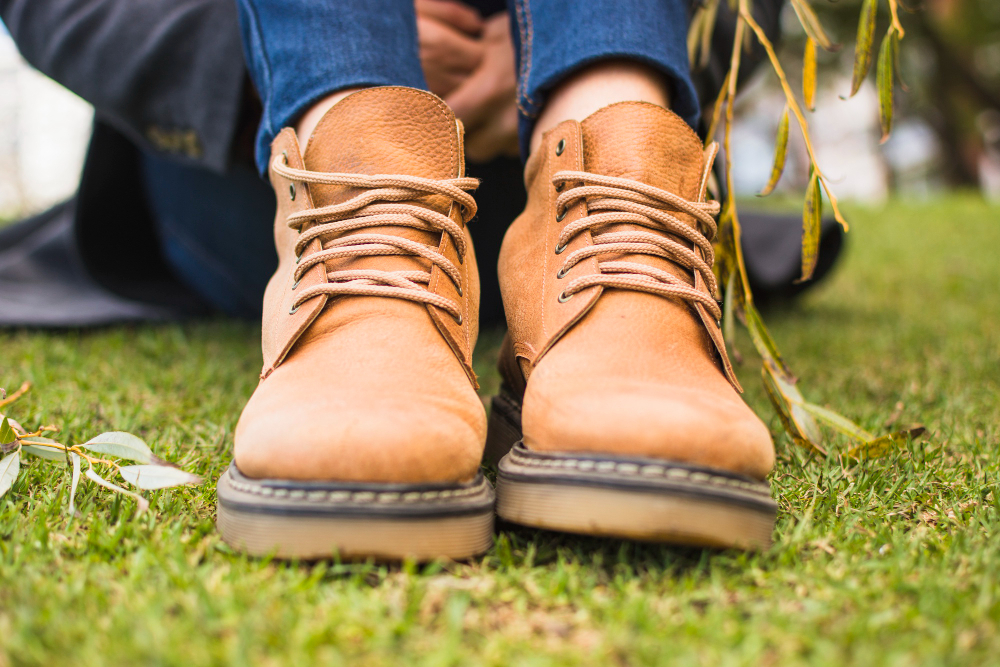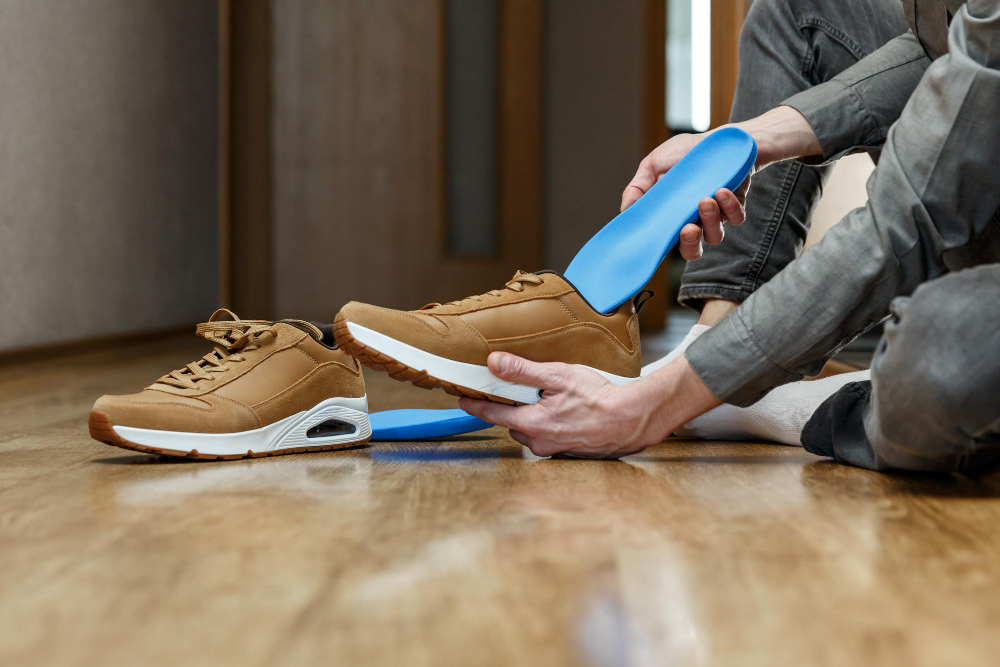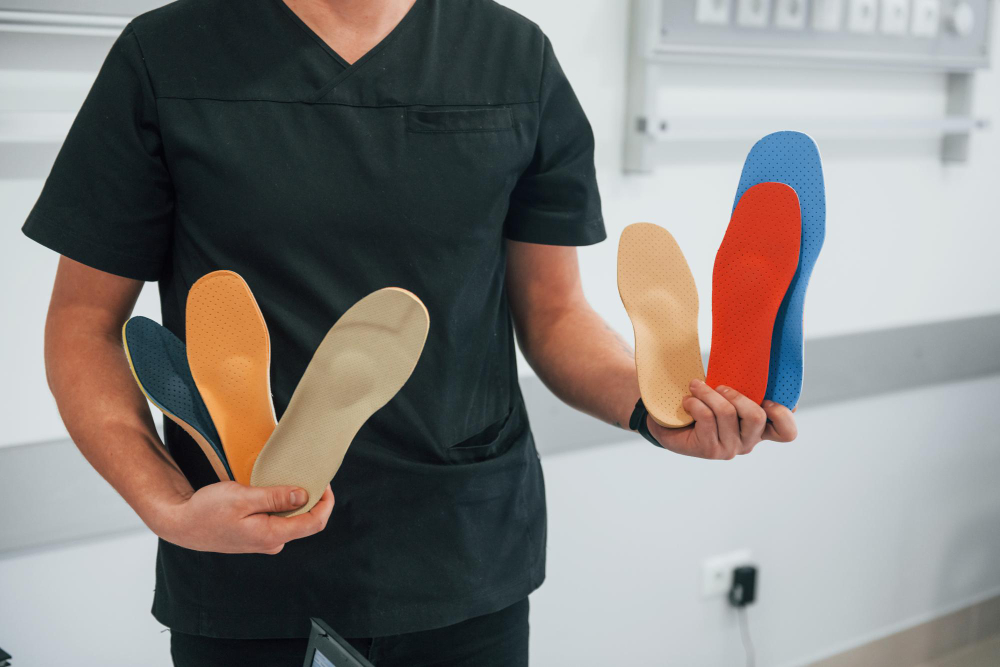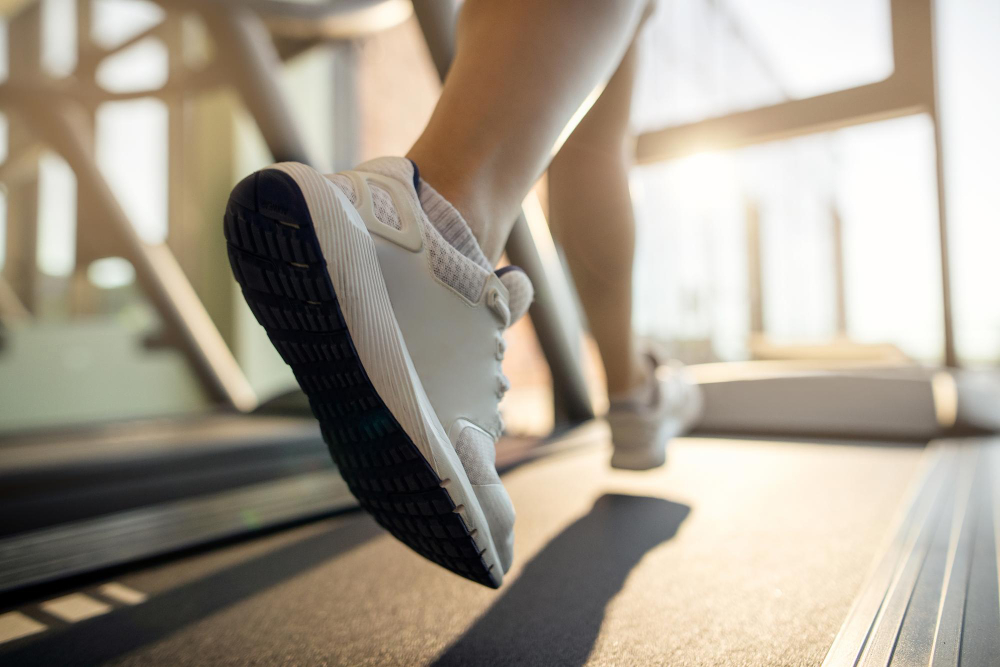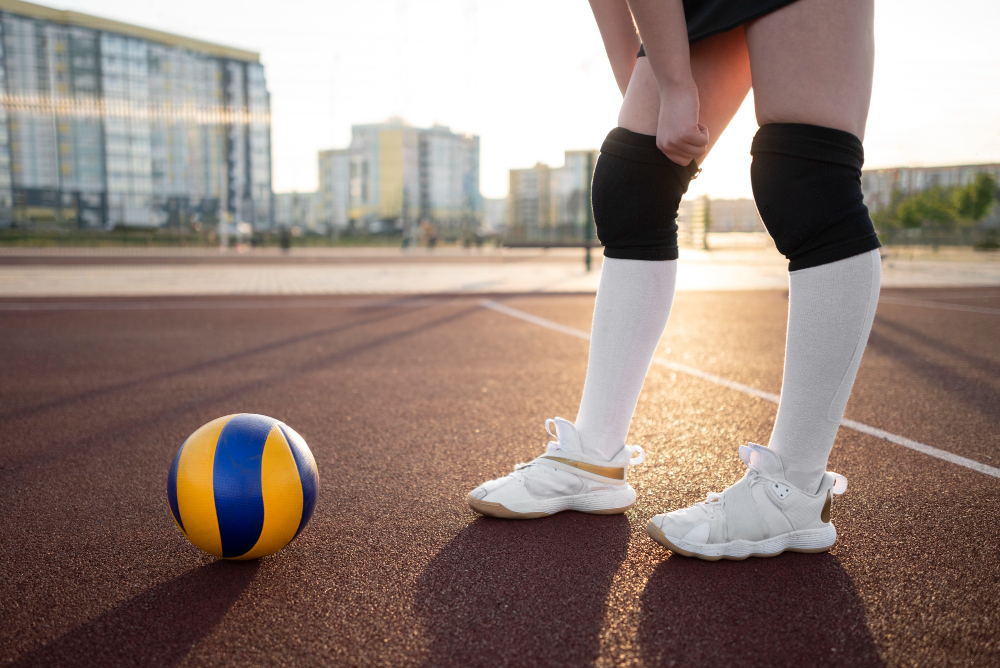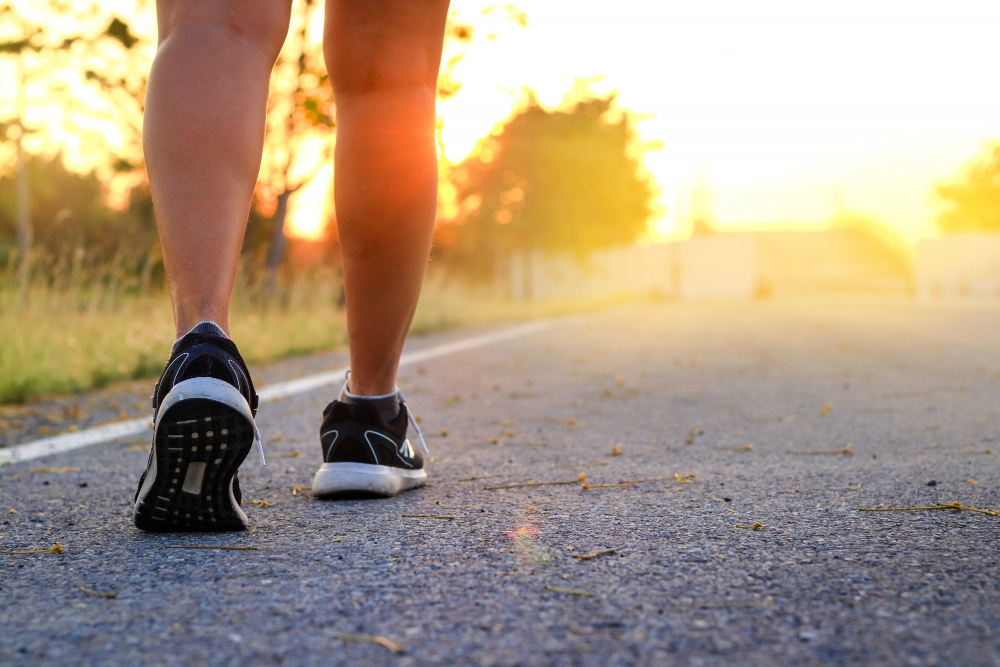Foot, leg and knee injuries are among the most common injuries experienced by joggers and runners. While leg pain is common among most runners at some time during their running activities, some runners are genetically predisposed towards developing injuries as a result of biomechanical imbalances in the feet or lower legs.
Supination
Supination is caused when the foot rolls to the outside during running or walking activities, and is typically caused when the arch of the foot is too high, causing additional weight to be placed on the outside of the foot. Supination can also be caused by an inversion of the lower legs. Runners with biomechanical imbalances such as supination do not typically absorb shock well in their feet, and stress from the shock is transmitted to lateral structures in the leg, which can lead to injuries such as anterior shin splints. Supinators are also at increased risk for Achilles tendinitis, peroneal tendinitis, ankle sprains, and IT (Iliotibial) band injuries. Supinators may also be more prone to ankle sprains. A glance at the bottom of your running shoes may tell you if you are a supinator as the wear pattern is distinctly located on the outside bottom of the shoes. Supinators may also have callouses and bunions on the outside of the foot. Tight calf muscles can aggravate the condition by reinforcing the movement pattern of supination, and weak ankles may also cause the ankle and foot to roll more easily towards the outside. Exercises can be used to strengthen the ankles and to help correct foot supination. Appropriate is essential to avoid injury and to make up for the lack of shock absorption in the feet. Custom orthotics will help to redistribute the weight on the foot to absorb shock more effectively, and to realign the biomechanical structure of the foot.
h2.Overpronation
Overpronation is caused when the heel rolls forward during walking or running, which in turn causes the lower leg, knee and thigh to rotate towards the middle of the body. Runners who overpronate often transmit excess forces to the medial structures of the leg, which can lead to injuries such as posterior tibial dysfunction. Excessive pronation can lead to knee injuries such as patellofemoral syndrome as well as to overuse injuries such as shin splints, plantar fasciitis, and Achilles tendinitis. Signs of overpronation include heels that lean inward, kneecaps that turn inward, knee pain when running, and shoes that wear out quickly in the heels. Runners who overpronate should look for shoes with extra medial support and hard midsole. Custom orthotics prescribed from a certified orthotics technician will help to prevent the arch from further collapse.
h2.Injury Prevention
The correct running shoe can provide extra cushioning, shock absorption, or stability for runners who supinate or pronate. It is important to remember that shoes can lose up to 50 percent of their shock absorbing capacity after approximately 400 km. Strengthening exercises can be used to modify weak muscles and some biomechanical imbalances. However, older runners and runners with very high arches or other biomechanical conditions may benefit from consulting with an orthotics provider to determine how to better stabilize the foot and maximize shock absorption.

